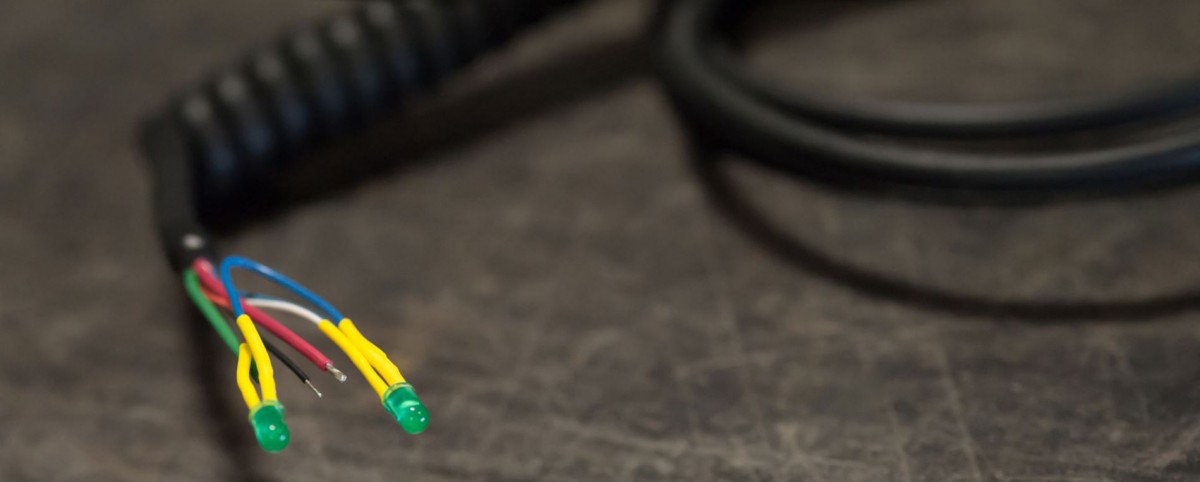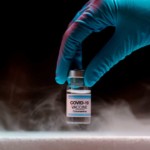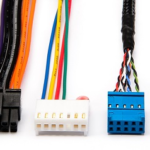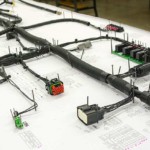Cable assemblies are an important part of electrical and electronic systems. By identifying all of your cable assembly requirements early in the design process, you can strengthen product development efforts. You can also avoid over-designing cable assemblies that cost too much, or under-designing cable assemblies that fail to meet expectations.
During the cable assembly design process, there are seven factors to consider:
- Electrical requirements
- Cable type
- Operating environment
- Coupling mechanism
- Termination
- Safety and regulatory requirements
- Quality
Let’s take a look at each.
Electrical Requirements
Determining your electrical requirements is the most important part of the cable assembly design process. In addition to operating voltage and operating current, you’ll need to specify the number of contacts. Connector-related resistance can affect performance, too. Additional electrical requirements may include signal speed, grounding, and the separation of power and signals.
Cable Type
There are many different types of cables, but two basic types: flat and round. Both come in multi-conductor or twisted pair configurations, and both are available with or without shielding. Flat cables are used for mass termination. Round cables are used for long cable runs or when flexibility and compactness are required.
Operating Environment
The operating environment for a custom cable assembly is critical. For example, medical cable assemblies need to be easy-to-clean and sterilize. Instrument cable assemblies need to support application data speeds. Cable assemblies that are used in extreme environments may need to resist industrial chemicals. Additional considerations include temperature and humidity.
Coupling Mechanism
Cable assembly designers have a choice of coupling mechanisms. Threaded connectors provide a secure mated connection. Push-together connectors are easier to mate and un-mate, but generally aren’t as rugged. Bayonet-style connectors help to ensure the proper orientation of the mating halves.
Termination
Cable assemblies can use factory-terminated connectors or various third-party connectors. Depending on your application, overmolding for bend relief may be required. Thermoplastic overmolds provide a secure grip. Silicone overmolds provide heat protection and maximum flexibility.
Safety and Regulatory Requirements
Cable assembly designers also need to account for safety and regulatory requirements such as Restriction of Hazardous Substances (RoHS), a European Union (EU) directive. Today, many manufacturers provide connectors with certificates of RoHS compliance. Approvals from UL or CSA may be required for your design, too.
Quality
Last but certainly not least, cable assembly designers need to emphasize quality. SHINE is an ISO 9001 certified company with a quality management system (QMS) that governs the production of custom cable assemblies. SHINE is also IPC/WHMA-A-620 certified at the operator level, and we have an IPC WHMA-A-620 certified trainer here on staff at our manufacturing center in Adams, Massachusetts (USA).
Get Cable Assembly Design Assistance
Do you need cable assembly design assistance? SHINE is ready to help. For more information, please contact us.






